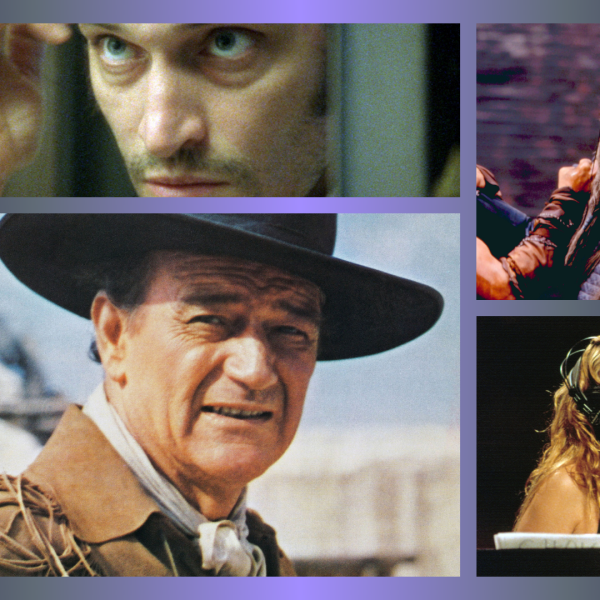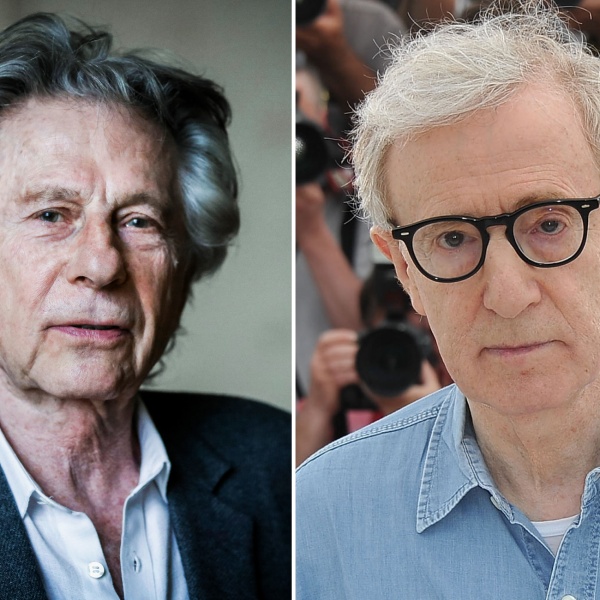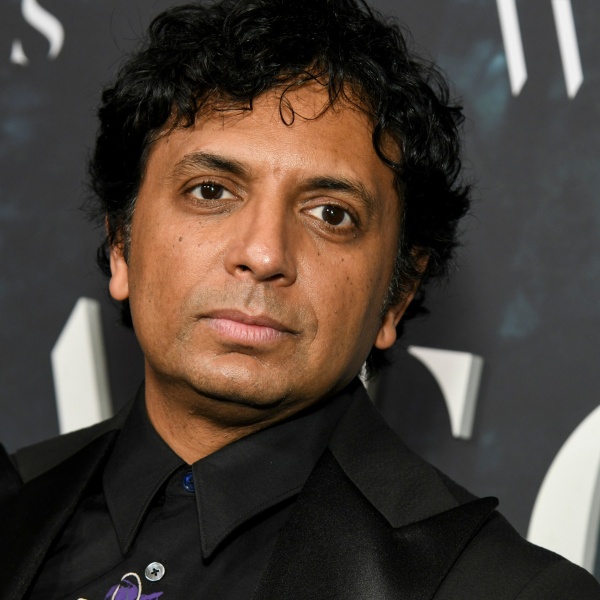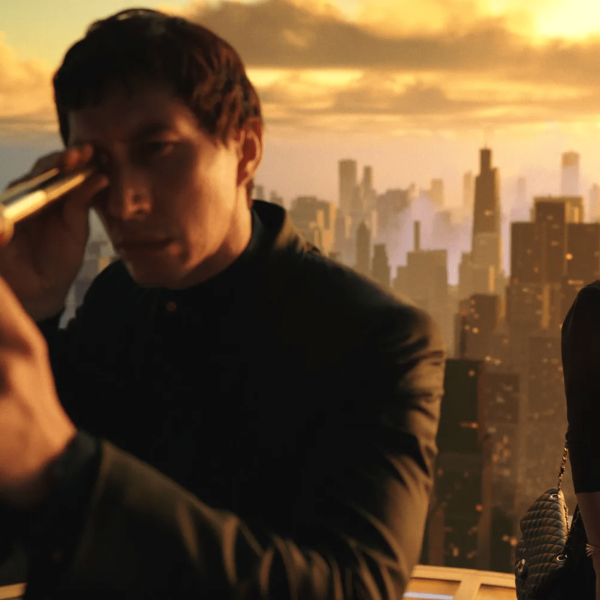After 20 years of collaborating, cinematographer Robbie Ryan generally only has one question for writer/director Andrea Arnold before a new project: “Andrea, is it gonna happen?”
That’s the kind of comfort with one another’s aesthetics that comes after two decades. As Ryan told IndieWire, “Generally, that’s our main conversation, to make sure we’re all gonna be able to make it when we say we are. We have the shorthand, and we’ve done this a few times now. It’s a lovely place to go to where I feel comfortable knowing what Andrea needs and wants and that I can achieve that for her.”
Their latest, the coming-of-age film “Bird,” added a few new wrinkles to their collaboration. For the most part, the film is equally lyrical and chaotic as it follows 13-year-old Bailey (newcomer Nykiya Adams) seeking a connection while her family members (including Barry Keoghan as her newly engaged father) focus on their personal dramas rather than her. But the introduction of the fey Bird (Franz Rogowski) into her life brings an element of magical realism that slowly swells and then crescendoes in a wildly imaginative flight of fancy that turns the film into something deeper and more mysterious.
That element necessitated a bit more pre-production conversation than Ryan and Arnold typically have, but the decision to use 16mm neutralized many potential problems, including the film grain’s ability to hide some of the VFX. “Once I can swing a [movie] to be shot on film, then I take a breath of relief and move on knowing that generally whatever I shoot will look interesting because it’s shot on film,” Ryan said. “It really somehow captures things and mixes them together to work every time. It never feels like you’re having to do too much to help it along.”
One of the most helpful aspects of 16mm on “Bird” was the way it interacted with natural light and handheld camera work, both integral to the film’s visual style. As Ryan pointed out, 16mm cameras were made to be handheld, but with modern scanning technology, there is more available in the image. And the handheld aspect was crucial as Ryan took on a much more physical role in the production than in the past. Starting with the opening shot — on a scooter.
“Basically, Andrea challenged me,” Ryan said. “I was like, ‘Oh shit, how are we going to film on a scooter?’” Initially they put the camera on a tracking machine, but the results lacked the energy they wanted. “So I remember jumping on another scooter with a guy who’s able to scoot very well, and I was on the back of his scooter filming the other two scooting away ahead of us,” Ryan said. “And that was crazy but fun. [Arnold] brings a hell of a lot of fun to her filmmaking. It’s never a dull moment.”

Nor could following a 13-year-old with a handheld camera provide any dull moments, as Ryan learned. Because they filmed primarily on location in an existing building (dressed by production designer Maxine Carlier), Ryan found himself climbing more than a few staircases.
“I hadn’t done a handheld job for a while, so I was a little bit worried, so I bought a new pair of trainers,” Ryan said. “And they were my friends. They were essential. I was worried that I wasn’t going to be able to keep up with Nykiya, and I was definitely getting a bit more out of breath as I’ve gotten a bit older doing this shit, but I hung in there, and it was good.”
The resulting film finds an equilibrium between the frantic physicality of teenagers and the lush romanticism of an empty field, and even Ryan was astounded at the capabilities of 16mm when he saw the movie screened.
“All I can say is when we sat down and watched it in the Cannes Film Festival on the biggest screen you can get in the cinema, I was like, ‘Holy shit, 16 millimeter looks great on the big screen!’ Honestly, for something that is the size of your thumbnail to get projected up onto a 40-foot screen, it’s impressive what that 16-millimeter can do. It boggles my mind, and I love it a bit. Thank God.”
“Bird” is now in select theatersbefore streaming on MUBI at a later date.





